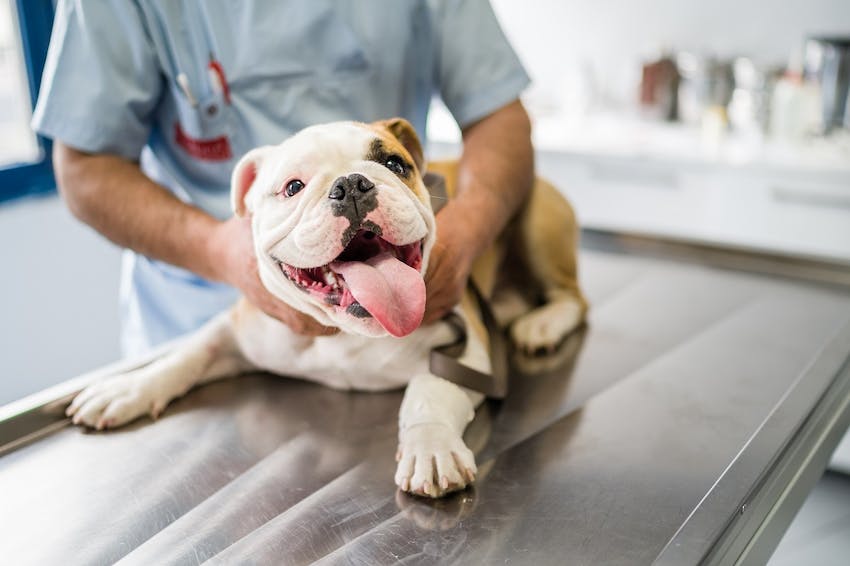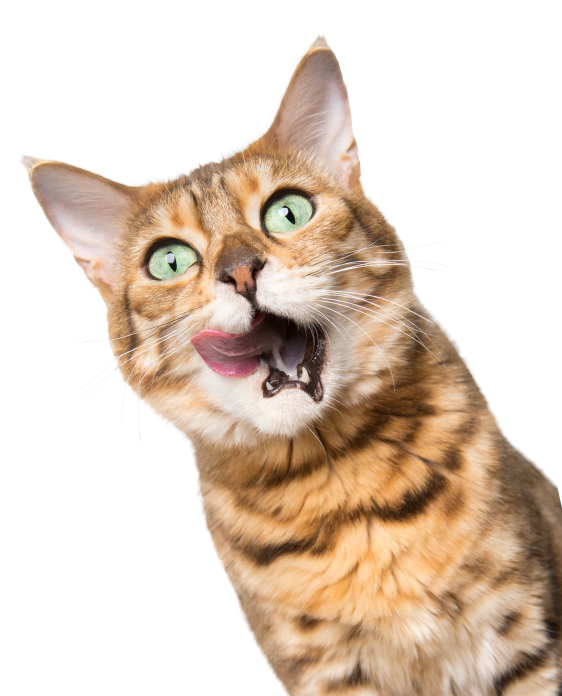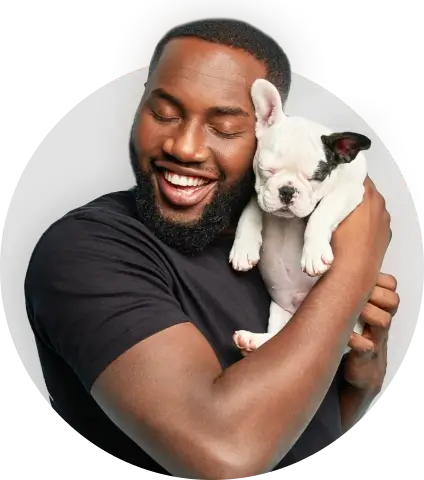As pet owners, we all want our pets to be happy and healthy. Some pets, though, are unluckier than others, and while they become sick, they may not always let you know they feel unwell. A medical condition like diabetes can occur in pets of all ages, breeds, and sizes, but you may not know what signs to look for that point to this illness. Because of this, we sat down with Trupanion veterinarian Dr. Caroline Wilde to learn more about diabetes in dogs and cats and what to look for to help your furry family members.
A pet owner’s guide to diabetes in pets
Nobody likes the idea of their pet having diabetes, but the important thing to know is that it is manageable when addressed in early stages. The information here can be a useful guide if you're wondering if your pet has diabetes or if they've been recently diagnosed, but it is important work with your pet's veterinarian for proper assessment and a treatment plan.
What is diabetes?
Humans and pets alike can have the medical condition of diabetes, a chronic health condition that affects how bodies convert food to energy. Wilde breaks down what diabetes mellitus does to our furry friends. “Diabetes mellitus is a disease where your pet’s body can’t use sugar for fuel. This may happen for a few reasons—either due to the inability to produce insulin, decreased amounts of insulin, or an inability to use insulin,” says Wilde.
Insulin allows the body to break down sugar so that it can’t be used as fuel. Therefore, when there is an insulin deficiency or when the body can’t use insulin correctly, the body has to use fat as its sole source for fuel. This results in blood sugar increases—sometimes dramatic ones.
Diabetes in pets requires daily supervision and medical care, so if you have any cause for concern, please seek medical care from your veterinarian.
How does diabetes in dogs and cats occur?
Whether you are a new or seasoned pet owner, it is helpful to understand how medical conditions like diabetes manifest in pets. Naturally, it isn’t always one set factor that can trigger the disease. For example, “obesity can increase the risk in both dogs and cats of becoming diabetic. Diabetes can also occur secondary to long-term steroid administration,” says Wilde.
Pet obesity prevention is important for the overall wellness of your furry friend. Consider incorporating playtime, walks, and enriching interaction to encourage daily physical activity and prevent the onset of diabetes in pets.
Common signs of diabetes in dogs and cats
We all want to be able to give our pets the best care possible when they are sick. But how do you know if your pet has a serious medical condition like diabetes? Consider whether your pet is exhibiting these common symptoms of diabetes mellitus:
- Increased thirst
- Increased urination
- Weight loss
- An increase in appetite
Of course, all pets are unique and may not show all signs at once. In addition, “sometimes the signs of diabetes can be more subtle, and are not detected until the pet becomes very sick from the complications of diabetes mellitus,” points out Wilde. Because of this, please seek medical care immediately for your furry friend if you suspect your pet may have signs of diabetes.
A treatment plan for diabetes in pets
Treatment plans may vary depending on the diagnosis of your pet. Aside from additional testing and diagnostics, the course of action for your furry friend is personalized for them. Consider the following when looking into treatment plans for diabetes in pets:
- Diabetes is diagnosed through blood tests and urine analysis. Your veterinarian may want to repeat blood sugar measurements or perform other confirmatory tests to ensure your pet is diabetic. They may also want to perform other diagnostic testing such as abdominal ultrasounds or blood pressure measurements.
- The goal of treatment in a diabetic pet is to stabilize the pet’s blood sugar, thereby minimizing the signs of high blood sugar, such as excessive thirst and urination.
- Managing a diabetes in pets generally requires daily insulin administration (injections) for your furry friend.


